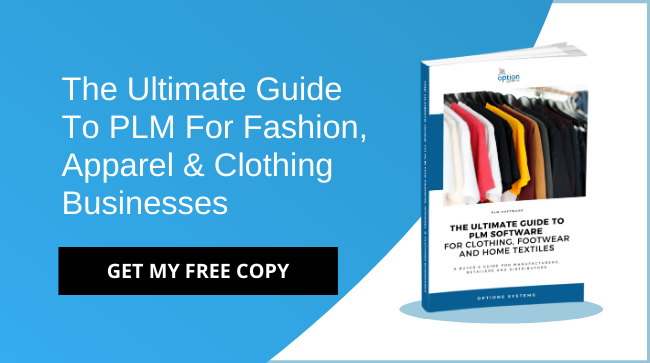
For apparel and footwear businesses, Enterprise Resource Planning (ERP) systems are invaluable. Integrating the different business functions that underpin the manufacture and distribution of garments can streamline the entire operation, save money, and improve communication and collaboration between departments.
With several different ERP software types from which to choose, it’s crucial to select the product that best fits your business model. Consider the following tips so you can make an informed choice.
1) Identify Your Key Requirements
ERP platforms aim to streamline your business operations to make them work together more effectively. Identifying your core requirements is the first step in this process. You can present this information to different software vendors so they can tailor the ERP solution precisely to your needs. Remember to consult with all departments in your business, as the needs of each are likely to vary.
2) Allow For Remote Access
In the competitive apparel marketplace, being able to make informed business decisions while away from the office can keep your brand ahead of its competitors. But making important sales decisions often requires instant access to live business data, so an ERP solution should be accessible from wherever you are working. With on-the-go access, you’ll enjoy greater flexibility to exploit the best opportunities to grow your business, which is especially useful for those who are now working from home.
3) Keep Up To Date
Staying up to date doesn’t just mean installing the latest version of your chosen ERP software and updating it when necessary. An ERP is only as good as the people using it, so preparing to make the transition means training your staff with the knowledge and confidence to use the system correctly. Check with your shortlisted ERP vendors what level of support they provide and whether their training continues beyond the initial introductory sessions.
4) Plan For The Costs Of The ERP
ERP solutions are an investment, and the capital outlay should be outweighed by the benefits the software brings to your business. When considering the costs and the impact on your budget;
- Ask whether vendor fees are one-off or recurring.
- Ask whether there are additional costs that may not be part of the standard package.
- Ask whether maintenance, technical support, and training are included.
5) Assess The Vendor’s Reputation
ERP software should evolve and grow with your brand, so the vendor must remain an active player, rather than disappearing into the sunset once the software has been implemented. Check that the vendor has experience working with fashion businesses. Apparel ERP systems should be designed to meet the needs of clothing and footwear manufacturers. Client reviews from similar companies are ideal to find out whether your chosen vendor is a reliable and suitable partner.
6) Consider The Long-Term Objectives Of Your Business
An ERP should streamline your operations, slash costs, and boost productivity in tangible ways – on an ongoing, long term basis. Your initial investment and ongoing costs should be balanced against the lifetime ROI, so an implementation plan, with full costings (including training), will help you plan incisively before purchasing the software.
Talk To Option Systems For Your ERP Platform
STYLEman ERP is explicitly designed with apparel businesses like yours in mind. With a wide range of add-ons and extensive customisation options, we can tailor the software to meet your goals and objectives. Request a Demo with one of our ERP experts today.
Image: Unsplash

